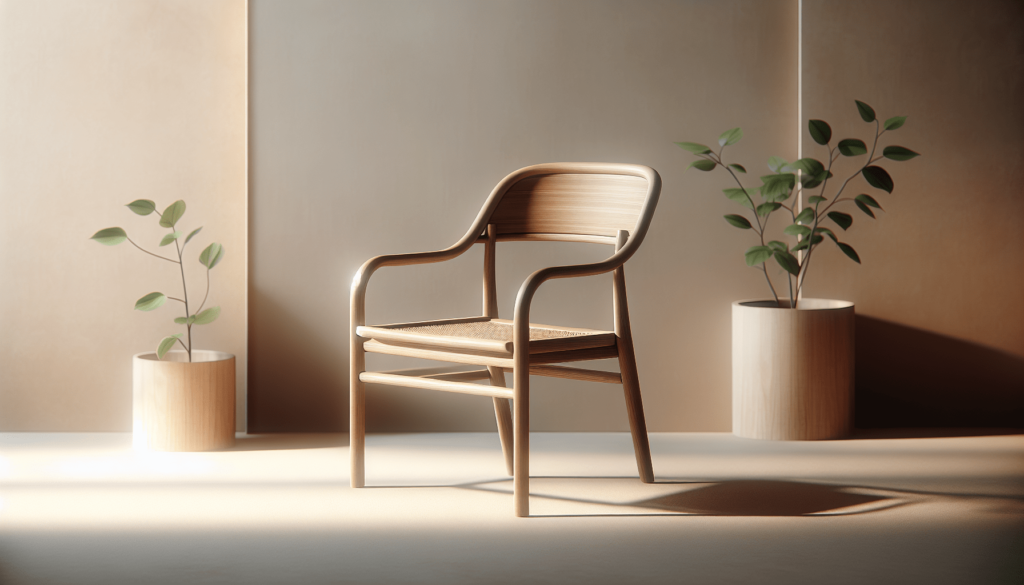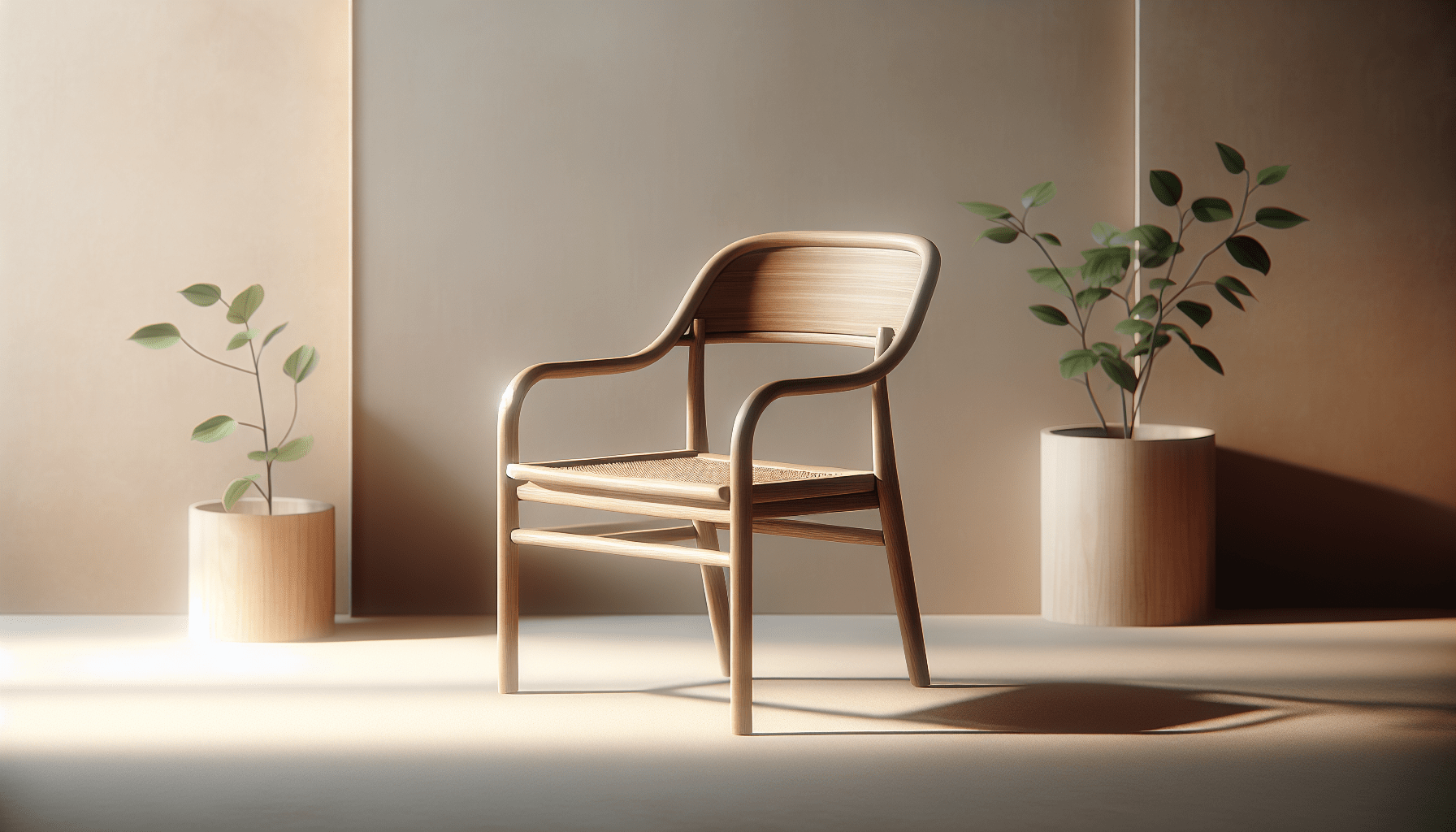Have you ever wondered how to create a living space that feels both serene and stylish? If you’re looking to infuse your home with a unique aesthetic that brings together the best of Japanese and Scandinavian design, then you’re in for a treat. Japandi design is captivating, combining minimalism and functionality, but do you know what the key principles are? Let’s unpack the essentials of this beautiful design style.

What is Japandi Design?
Japandi design is a beautiful fusion of Japanese and Scandinavian aesthetics, grounded in simplicity, functionality, and nature. This crossover style marries the clean lines and minimalist outlook of Japanese design with the warm, cozy feel of Scandinavian interiors. If you appreciate beauty that also serves a purpose, Japandi might just be your go-to design philosophy.
The Origins of Japandi
The origins of Japandi design are rooted in two rich cultural heritages. Japanese design emphasizes minimalism, craftsmanship, and harmony with nature, while Scandinavian design translates to functionality, warmth, and an inviting touch. Together, they create a perfect balance of tranquility and practicality, allowing you to surround yourself with both beauty and comfort.
Minimalism is Key
One of the core principles of Japandi design is minimalism. You might be curious about how you can incorporate this into your own space.
Embrace Simplicity
In a Japandi-inspired home, simplicity reigns supreme. You want to choose furnishings that have sleek, unobtrusive lines. Rather than crowded spaces filled with numerous items, think in terms of open areas where each piece stands out on its own. The mantra here should be “less is more.”
Quality Over Quantity
Another aspect of minimalism is the notion of quality over quantity. Instead of filling your home with knick-knacks, focus on a few high-quality pieces that truly resonate with you. This might mean investing in a handcrafted Japanese vase or a beautifully designed Scandinavian chair that earns its right to be in your space.
Functionality Matters
In Japandi design, every element serves a purpose. This principle is incredibly important because it ensures that your space remains clutter-free and useful.
Practicality in Design
When selecting furniture and decor, ask yourself if each item enhances the space. For instance, a low-profile sofa with built-in storage can beautifully marry style and functionality. Choosing pieces that offer dual purpose simplifies your life while adhering to the Japandi ethos.
Minimal Clutter
Achieving functionality also means minimizing visual clutter. You can easily do this by using clever storage solutions. Consider concealed cabinets or multipurpose furniture, which allows you to keep necessary items hidden away, keeping surfaces clean and inviting.
Neutral Color Palettes
When it comes to color in Japandi design, you’ll want to stick to neutral palettes punctuated with natural tones. This approach invites calmness into your space and fosters a connection with nature.
Earthy Tones
Opt for earthy tones like warm beiges, soft browns, muted greens, and gentle grays. These colors can help create a soothing ambiance that is characteristic of Japandi design. You can incorporate them through walls, furniture, and accessories.
Textural Contrast
While you might favor a neutral palette, mixing textures is also important. Soft textiles like wool or cotton can be balanced by natural materials such as wood or stone for interest. This texture play is reminiscent of nature and adds depth to your design.
Connection to Nature
Both Japanese and Scandinavian styles emphasize a connection with nature, resulting in spaces that feel alive and harmonious.
Bringing the Outdoors In
Consider ways to incorporate natural elements into your home. This might be through large, open windows that allow natural light to flood in, or through plants that add green vibrance. Window treatments should also keep things minimal, allowing as much natural light as possible.
Natural Materials
Integrating natural materials such as wood and stone elements into your decor can enhance that connection to the outdoors. You might select bamboo flooring, a wooden coffee table, or stone vases to bring a touch of nature inside.
Craftsmanship and Artistry
Craftsmanship is a cornerstone of both Japanese and Scandinavian design. It brings additional character to your living space.
Collect Unique Pieces
Look for artisanal and handcrafted items that tell a story. You might source a beautiful piece of pottery made by a local artist or a handwoven rug. These unique items serve as focal points in your home and bring warmth to the otherwise minimalist setting.
Celebrating Tradition
There is something special about honoring tradition in your design choices. When you select handcrafted or culturally significant pieces, you add a personal touch that reflects your history and values.
Balance and Harmony
Achieving balance is pivotal in Japandi design—think about the equilibrium between Japanese restraint and Scandinavian comfort.
Visual Balance
When arranging your space, consider the visual weight of the items. For example, balance a large sofa with lighter decor like airy curtains or a delicate pendant light. This balance is essential for creating an inviting and harmonious atmosphere.
A Sense of Space
Allow for open spaces between furniture to promote a feeling of tranquility. By enabling breathing room in your layout, you can help reduce potential stress and make the environment feel more inviting.
Incorporating Japandi in Your Home
Now that you understand the core principles of Japandi design, you might wonder how to bring them into your home.
Start Small
If you’re hesitant to completely overhaul your space, start small. Focus on one room or a specific corner. Gradually add elements reflecting Japandi principles—think furniture, textiles, and decor that embody simplicity, functionality, and a connection to nature.
Combine Existing Styles
You can also incorporate Japandi principles into an existing style. Perhaps you already have some Scandinavian furniture or Japanese accents. By infusing these pieces with neutral palettes and minimalist touches, you can create a cohesive look that feels fresh and harmonious.
Creating a Japandi Atmosphere
The beauty of Japandi design goes beyond just furniture and decor; it encompasses the entire atmosphere of your home.
Soft Lighting
Lighting plays a crucial role in setting the mood. Opt for soft, warm lighting from sources such as lamps or candles. This creates an atmosphere that is both cozy and calming, essential for fully enjoying the Japandi aesthetic.
Mindful Decor
In your decor choices, favor items that provoke relaxation. This means avoiding overly busy patterns or bright colors. Instead, select soothing artwork, soft textiles, and simple decorative items that promote a serene environment.
Conclusion
If you’re drawn to the principles of simplicity, functionality, and natural beauty, Japandi design offers a wealth of inspiration for your home. By embracing minimalism, functionality, earthy tones, craftsmanship, and balance, you can create a space that is not only stylish but also a peaceful retreat from the hustle and bustle of everyday life.
You don’t need a complete renovation to embrace Japandi style; small, intentional changes can make a substantial difference. With each piece you choose, think about how it enhances your space and your wellbeing. You are on the path to creating a home that is truly reflective of a harmonious lifestyle influenced by the best of both Japanese and Scandinavian design.

